This website uses cookies so that we can provide you with the best user experience possible. Cookie information is stored in your browser and performs functions such as recognising you when you return to our website and helping our team to understand which sections of the website you find most interesting and useful.
Korets territorial community
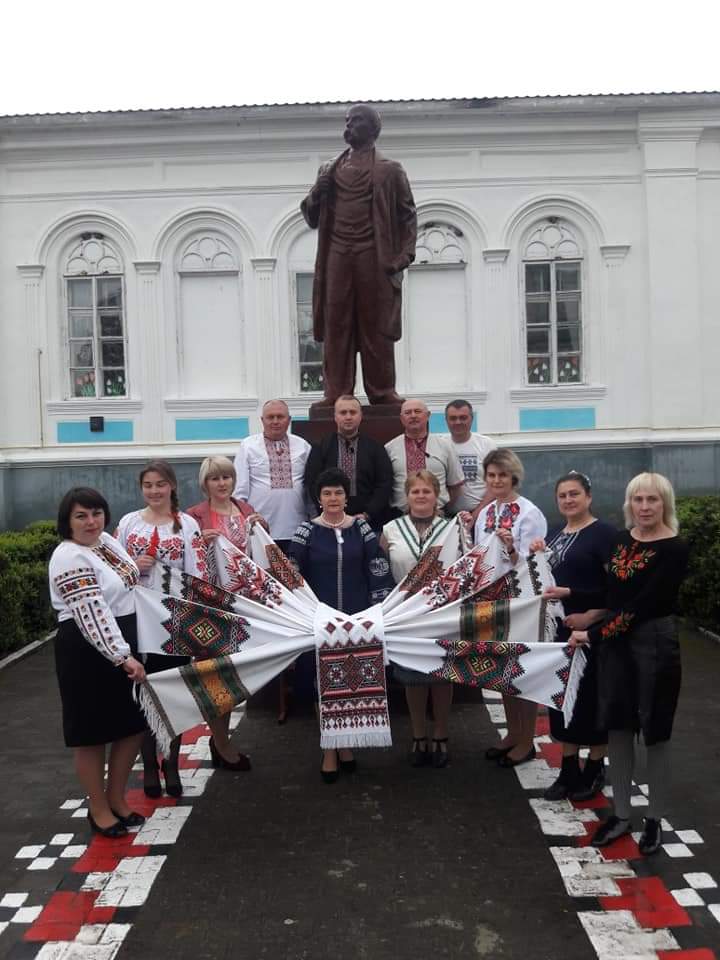
The Korets community is located in the east of Rivne region. The distance from Korets to the highway is 4.5 km, and to the railway station is 33 km.
Population: 24,141 people,
including 11,829 men and 12,312 women
The community includes 35 population centers, 34 of which are rural centers, and the administrative center is the town of Korets.
History
The town of Korets is included in the List of Historical Cities of Ukraine. Its ancient name — Korchesk — was first mentioned in the Hypatian Codex in 1150. At the beginning of its development, Korets was located on one of the trade routes connecting Kievan Rus with Western Europe. This is what shaped its eventful history. Nowadays, on the outskirts of the town, archaeologists have discovered the remains of the defensive ramparts of an ancient Rus hillfort of the 11th—13th centuries.
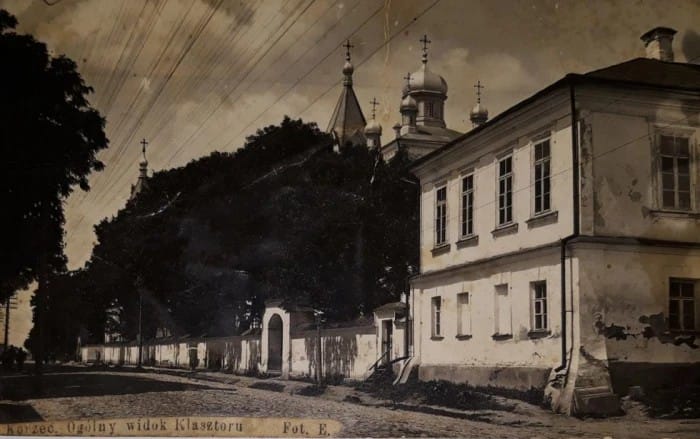
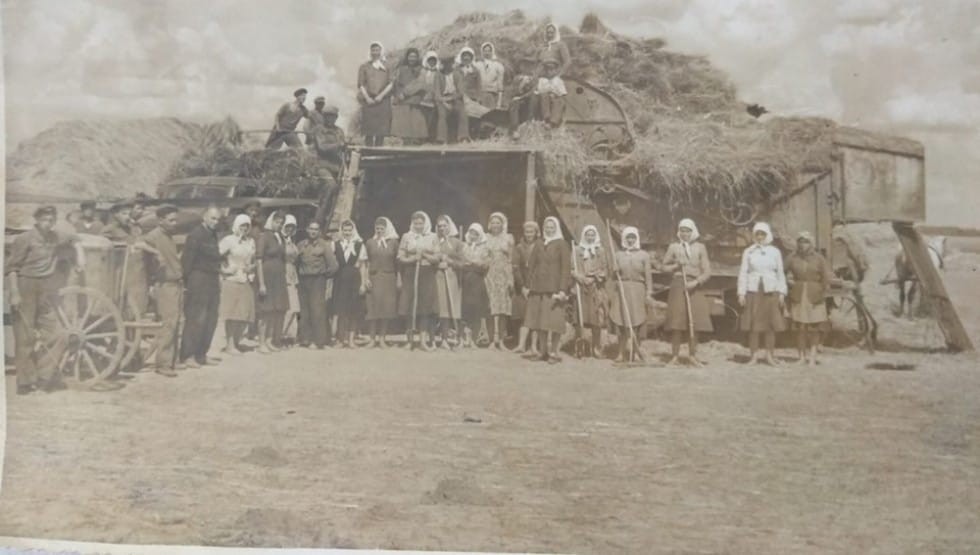
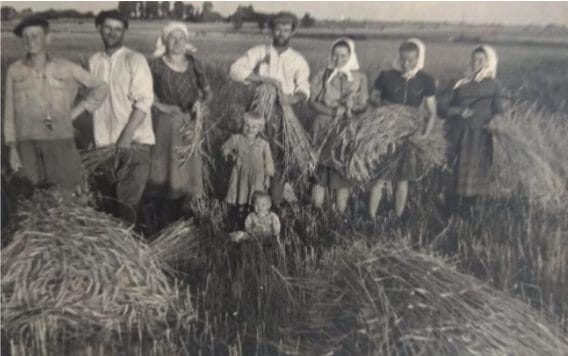
In the 12th century, Korets was part of the Peresopnytsia Principality, later – part of the Galicia-Volhynia Principality. In the 14th century, the town belonged to Lithuania. Later, the Lithuanian prince Jagiello transferred it to Prince Fedir of Ostroh, who built a well-fortified castle on the site of the old hillfort. At first, it was wooden. In 1832, the castle was significantly damaged by a fire, which influenced its further fate. Since then, the palace has not been properly reconstructed, and later began to completely collapse. Only the viaduct leading to the fortress across a small moat is in good condition as it was repaired in 2005.
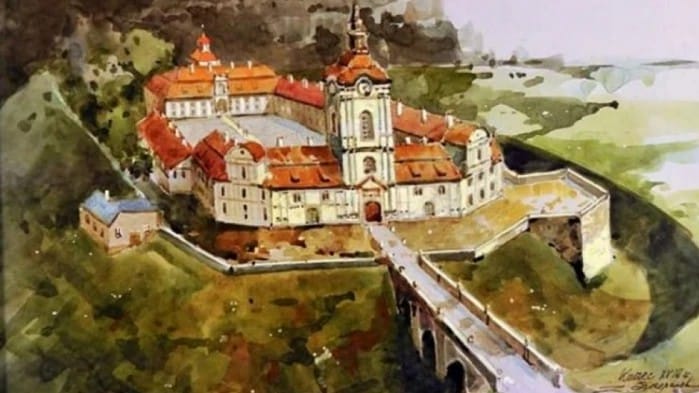
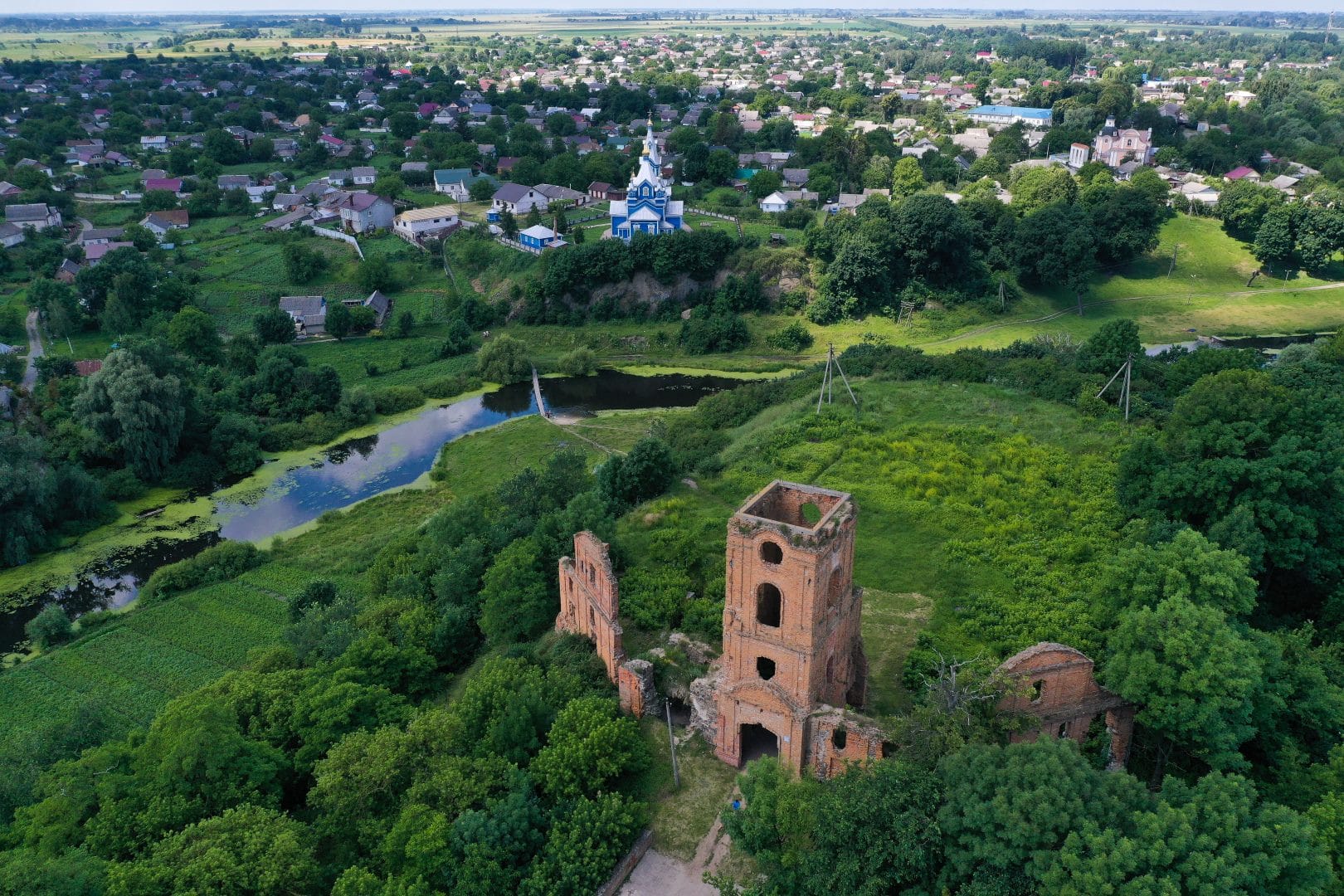
For many years, the town belonged to the Koretski family. Among the representatives of this dynasty there were many heroic personalities and the first organizers of the Zaporozhian Cossacks in particular. However, Prince Józef Czartoryski was perhaps the most prominent figure in the Koretski family. At the end of the 18th century he turned Korets into one of the largest and most beautiful cities in Volhynia. It was thanks to him that a furniture factory and a porcelain factory were built here. The production of dishes in Korets became the first such works in the entire Polish-Lithuanian Commonwealth. Local porcelain was considered even better than Viennese porcelain and was second only to Saxon porcelain.
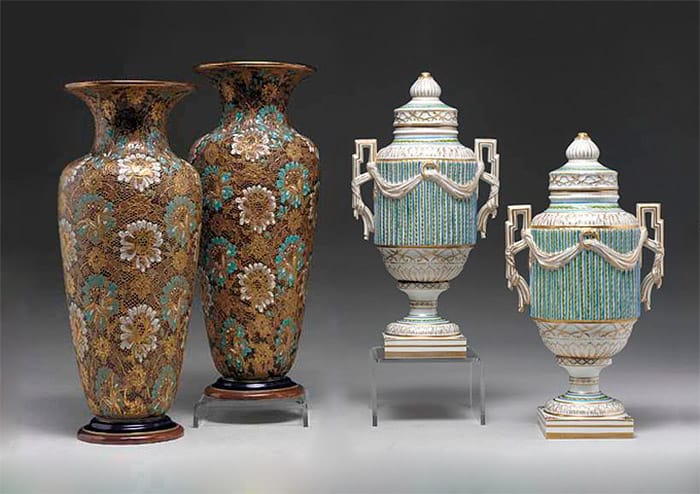

Thanks to the activities of the Koretski family, there are many architectural monuments on the territory of the community. Among them is the Korets Holy Trinity Convent. It was founded around 1571 by Prince Bogusz Koretski, but it was destroyed twice due to constant wars. During Soviet rule, the convent was one of nine Ukrainian monasteries that remained open.
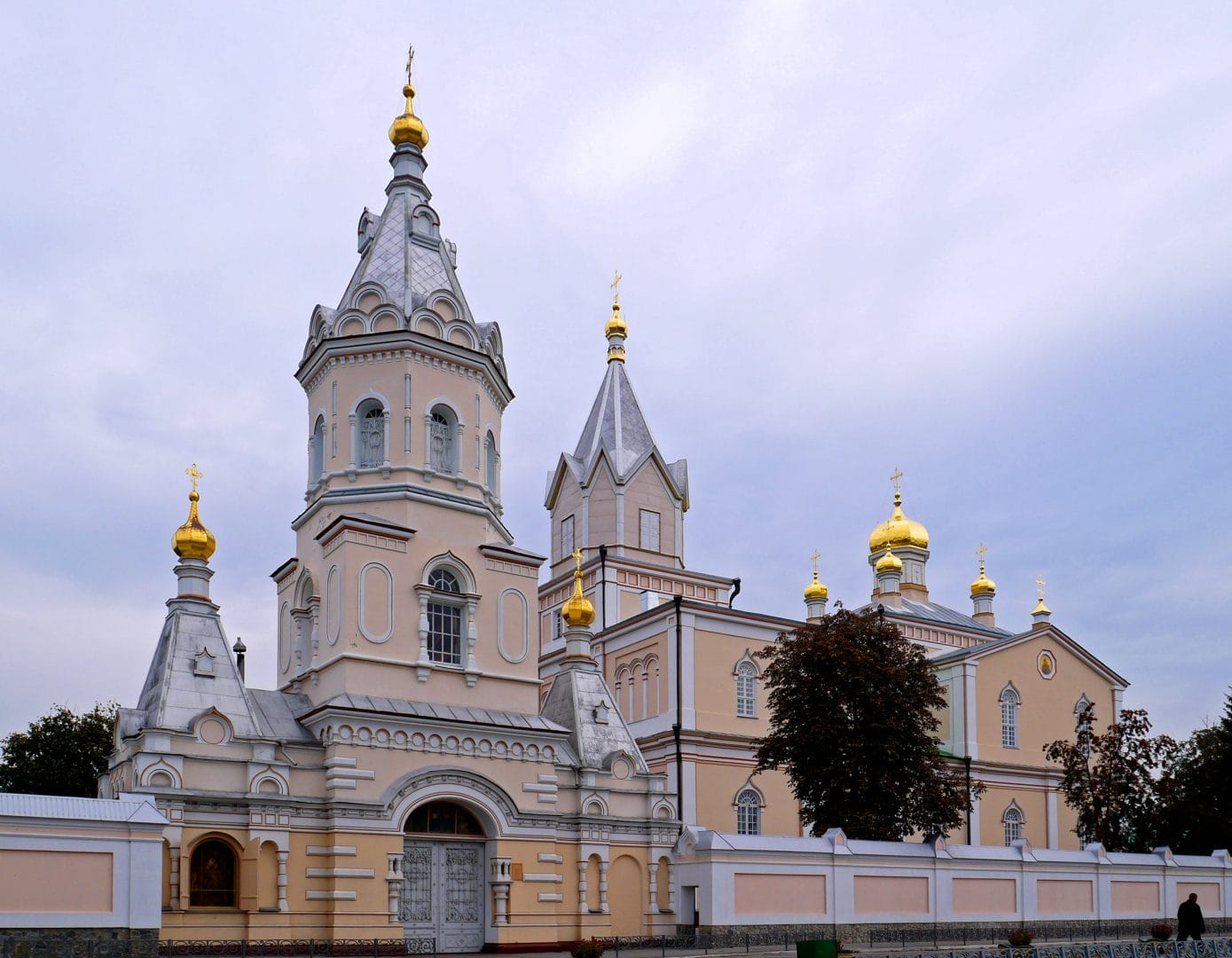
Another landmark of the town is the Church of St. Anthony. The first temple was built on this site in 1533 by the Princes of Korets. In 1706, a church was built here. And already in 1915-16, the church underwent a major reconstruction, as a result of which it acquired baroque features that were not characteristic of the town.
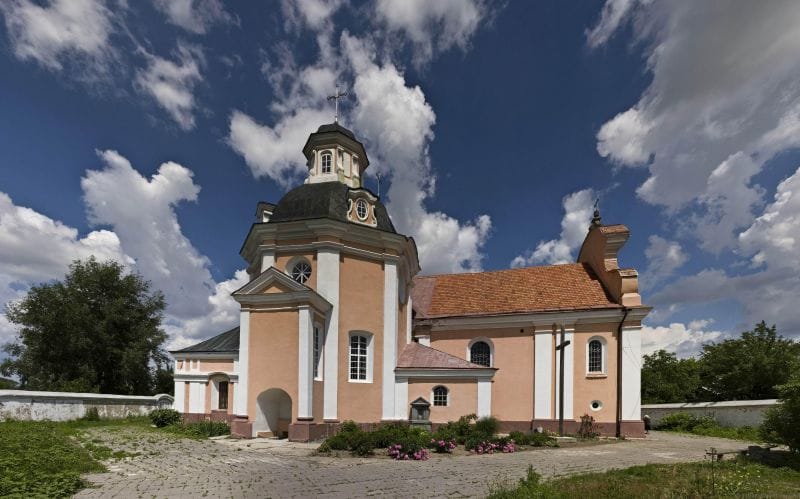
The community is also adorned with two wooden churches: the Church of St. Paraskeva and the Church of St. Cosmas and Damian. They are similar in architecture, as both were built according to a diocesan design project in the late 19th and early 20th centuries.
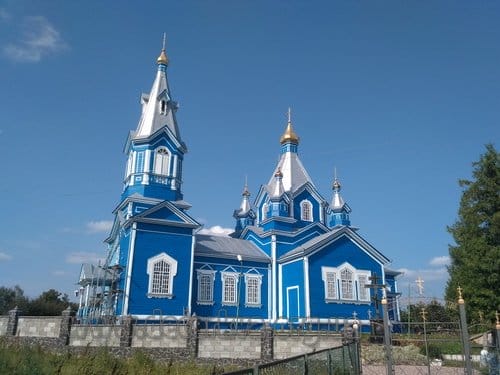
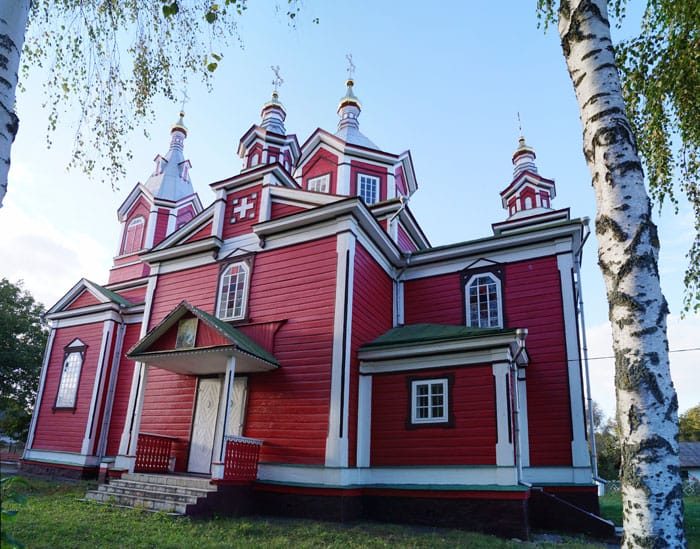
There is a regional rehabilitation hospital in the town of Korets. Its treatment is based on radon waters, which are identical in composition to the healing waters of the famous Tskaltubo resort in Georgia.
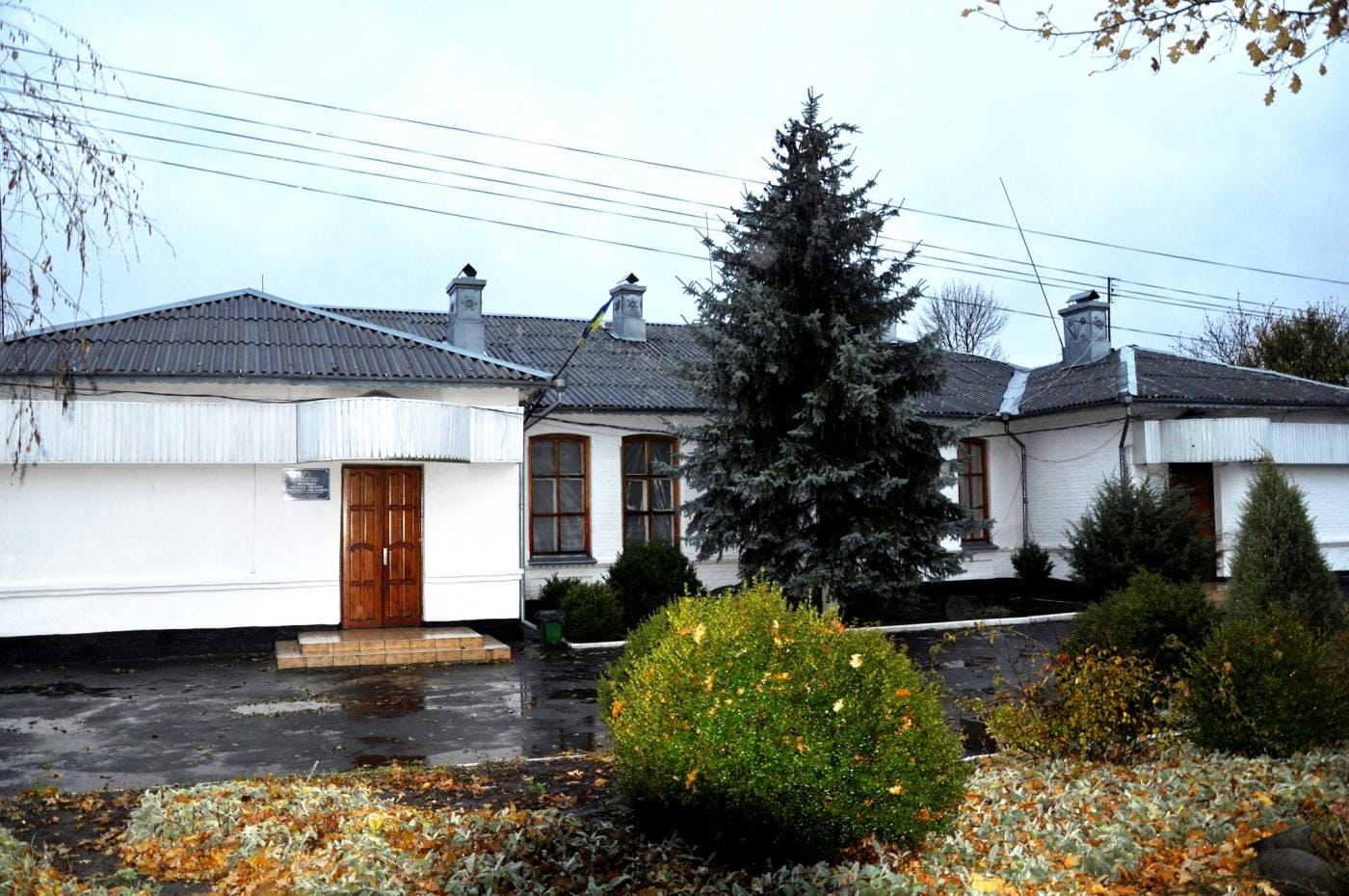
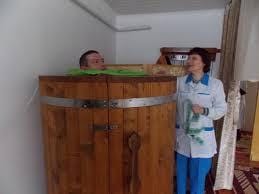
Located along the right and left banks of the Sluch River, the Marynynsko-Ustianski Granites Geological Reserve attracts various tourists. These are granite cliffs along the river’s banks with picturesque caves and hollows.

Also, in the village of Morozivka, Korets community, there is a picturesque granite quarry.
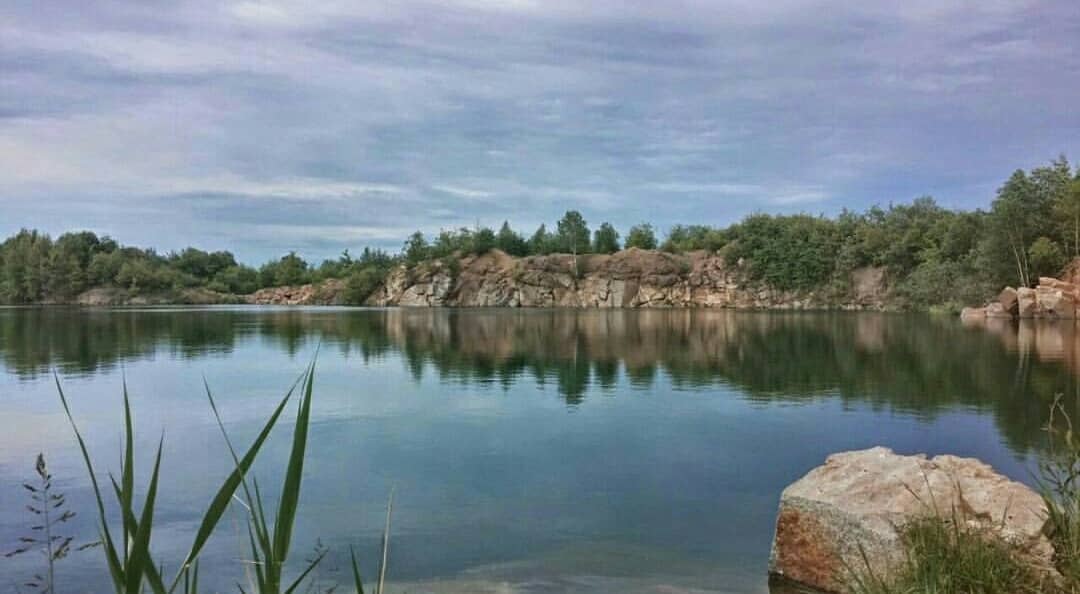
Economy and Welfare

The leading place in the community’s economy is occupied by agriculture, the production of building materials, machinery and equipment for the mining industry and construction, as well as food products.
Local businesses in the community are represented by the production of agricultural products, wood products, catering establishments, and an elevator complex.
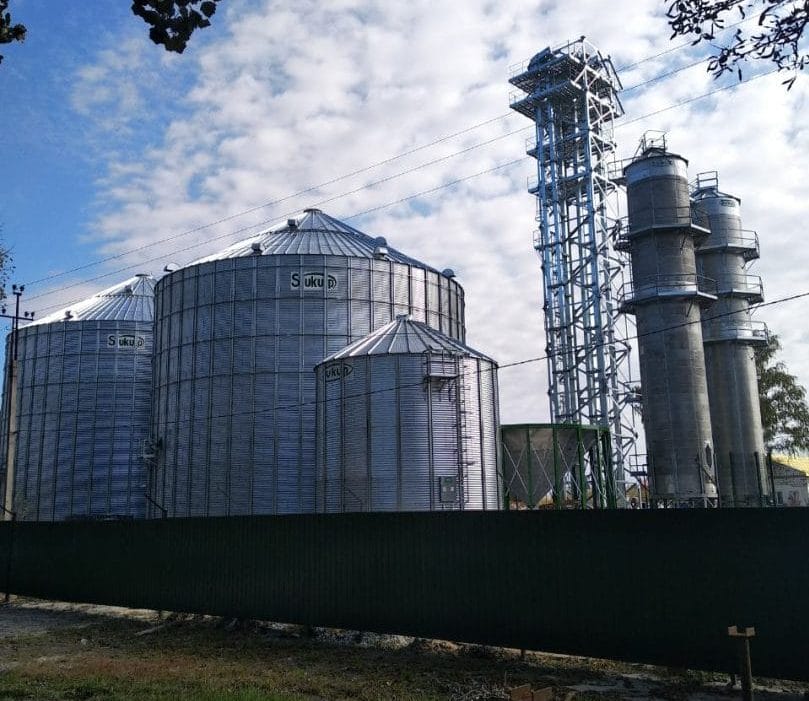
The community is rich in minerals and mineral resources suitable for industrial production. Promising areas include the development of granite deposits, the production of crushed stone and facing stone, the expansion of the extraction of raw materials for the production of building materials, as well as the increase in the use of mineral and radon waters.
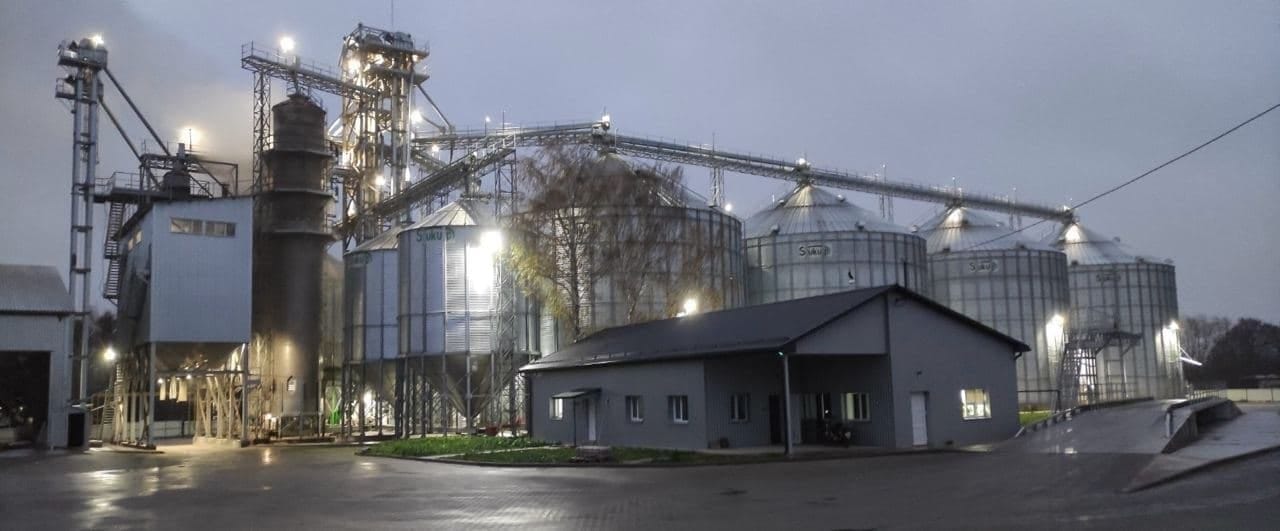
The development of road and transport infrastructure, proximity to the border with the European Union (370 km) and to the capital of Ukraine, Kyiv (250 km), and the presence of a developed road network make the community attractive from the point of view of locating production facilities and selling products to the markets of Central and Eastern Europe.
There are 15 large industrial and agricultural enterprises operating in the Korets community.
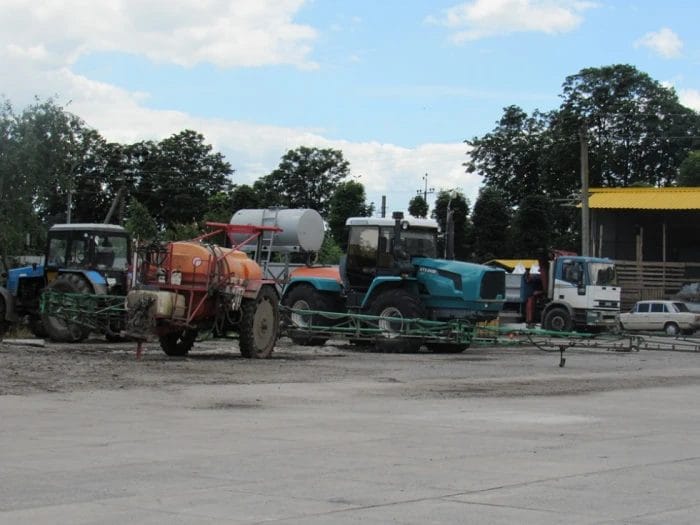
Community and War
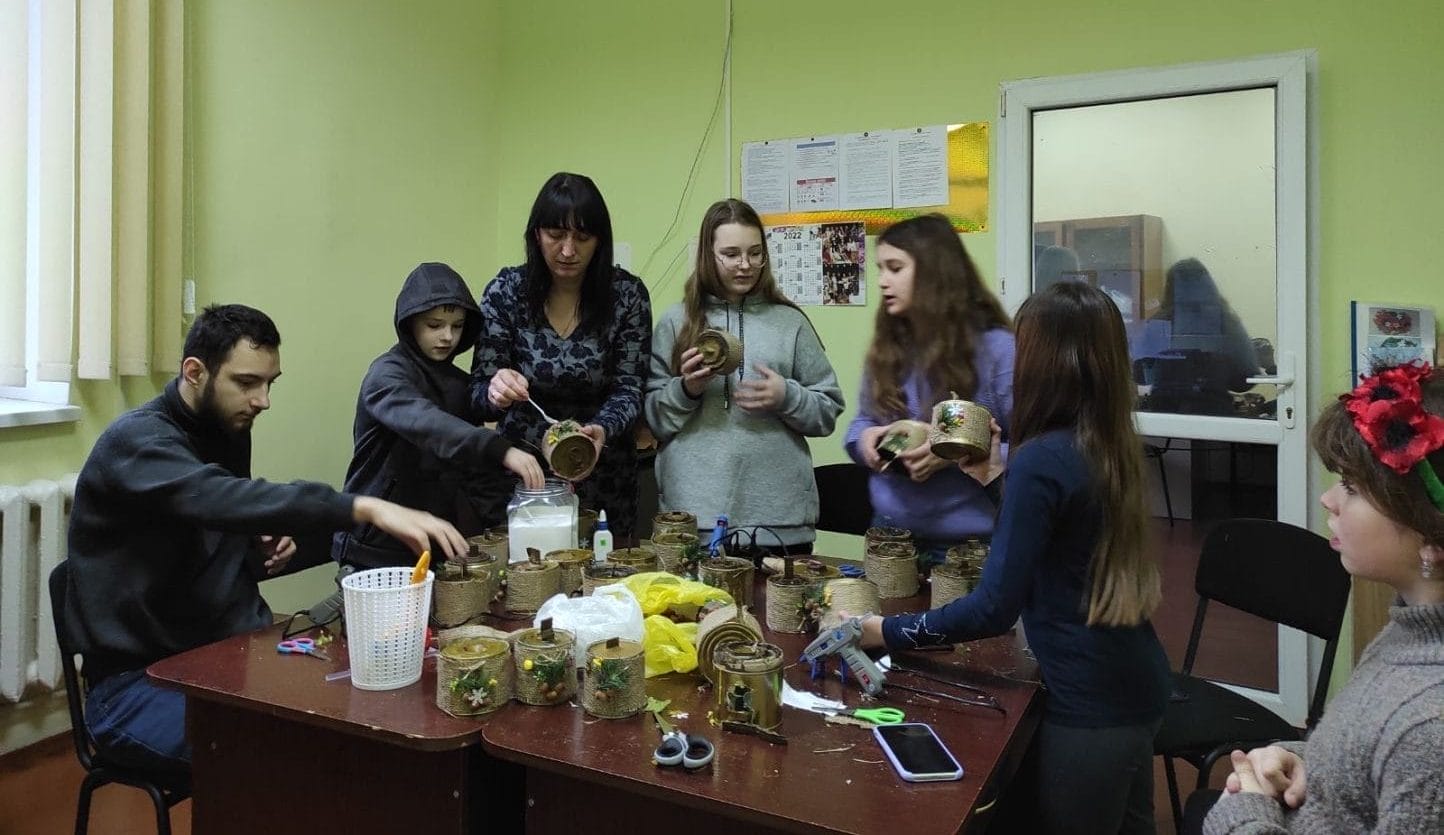
The Korets community has not suffered any destruction of critical infrastructure since the beginning of russia’s full-scale invasion of Ukraine on February 24, 2022, and there have been no active hostilities on its territory. However, the community has actively participated in assisting the affected regions of Ukraine and has taken in a large number of forcibly displaced persons – it is among the top five communities in the Rivne region in these terms.
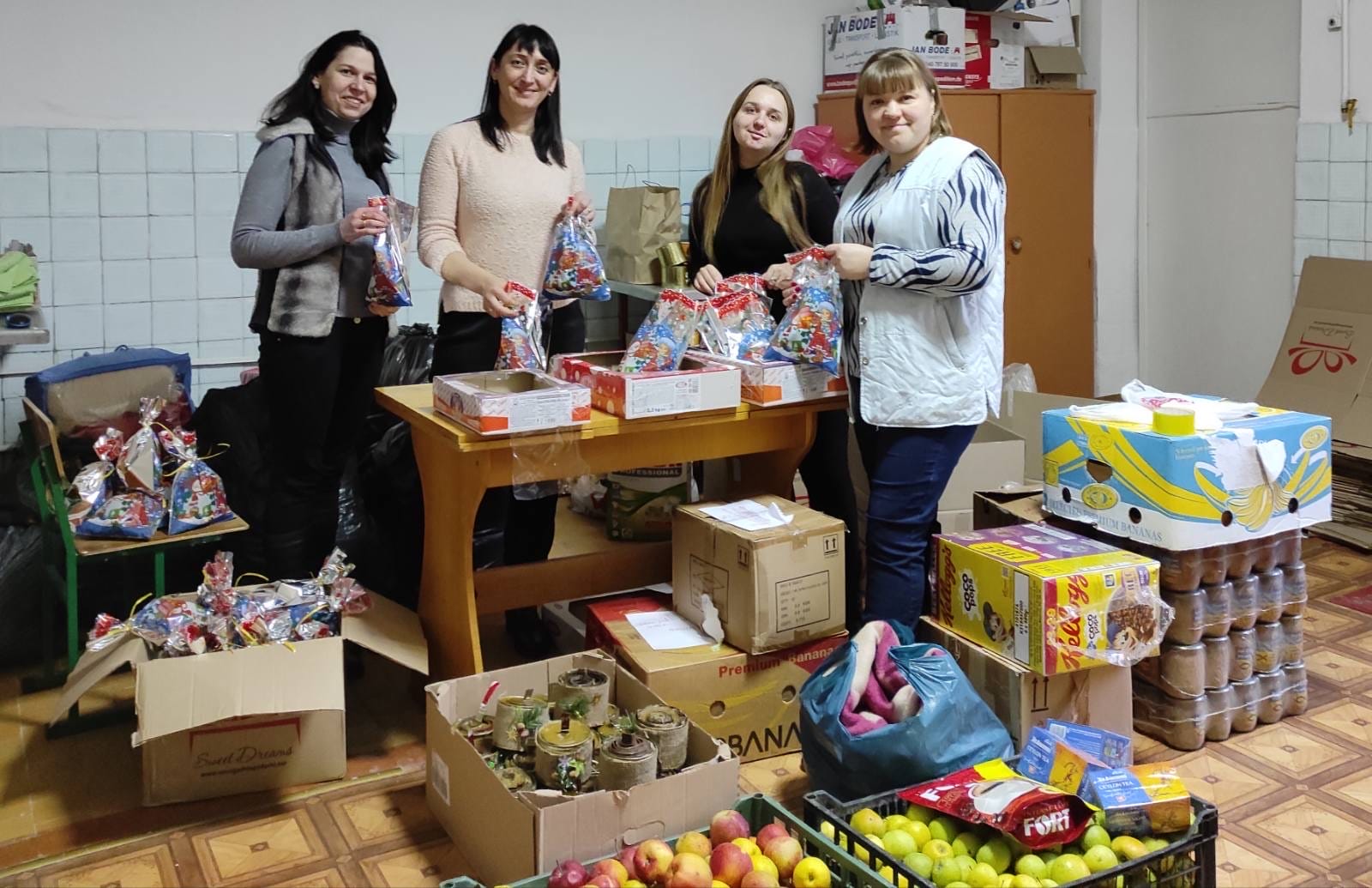
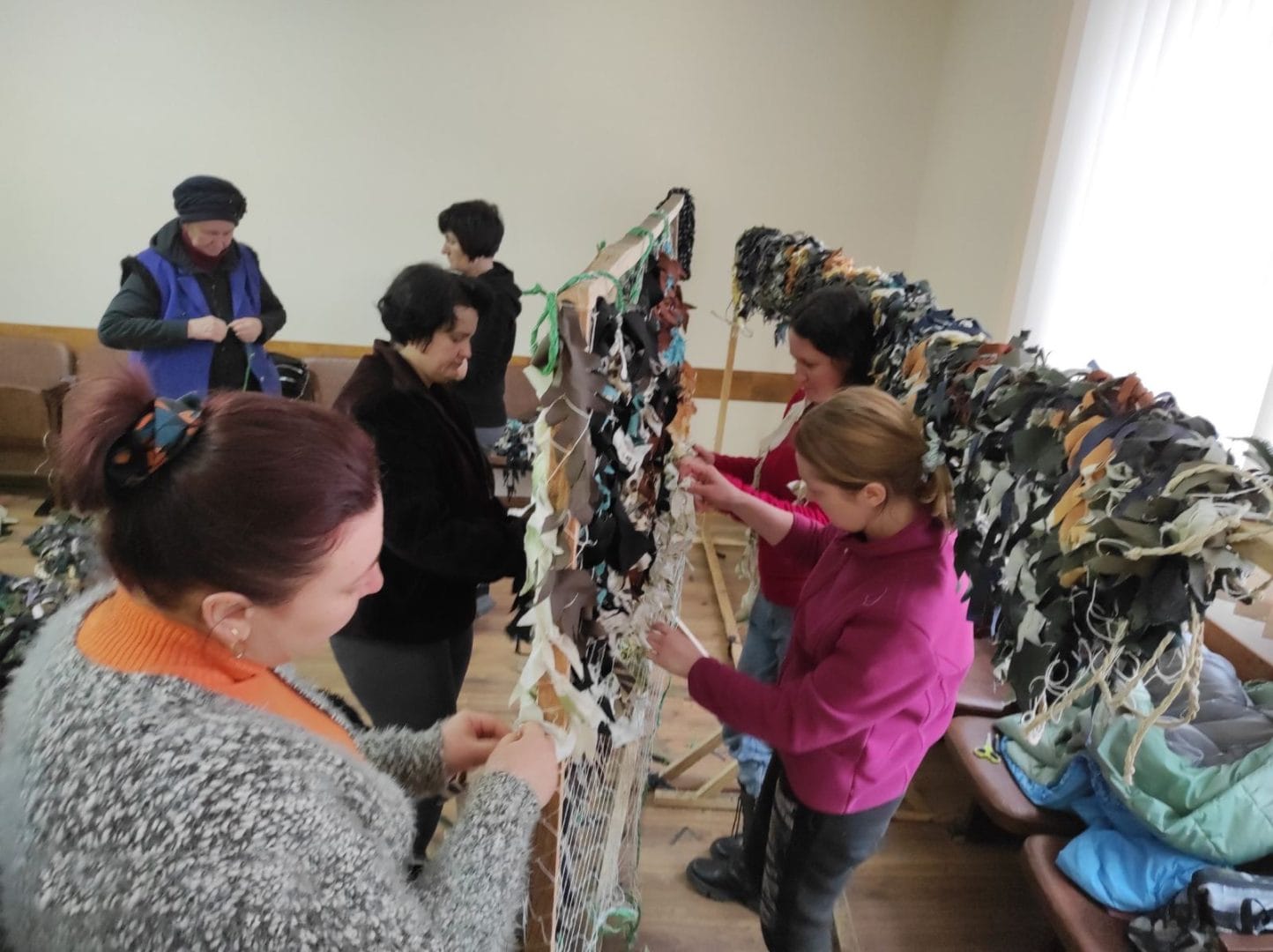
Community residents actively volunteer and systematically collect and send aid to military personnel and needy civilians in war-torn areas.
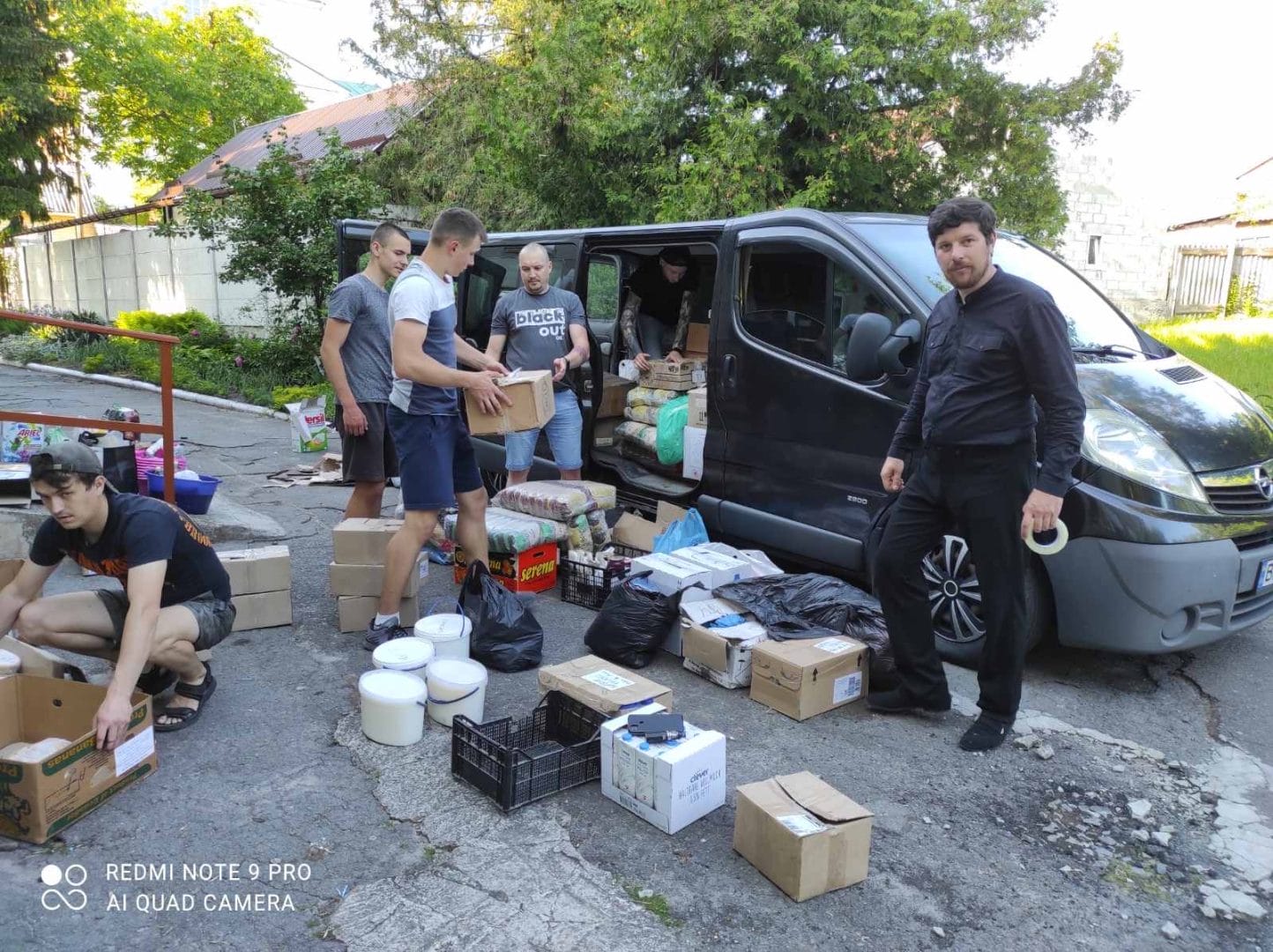
Community People
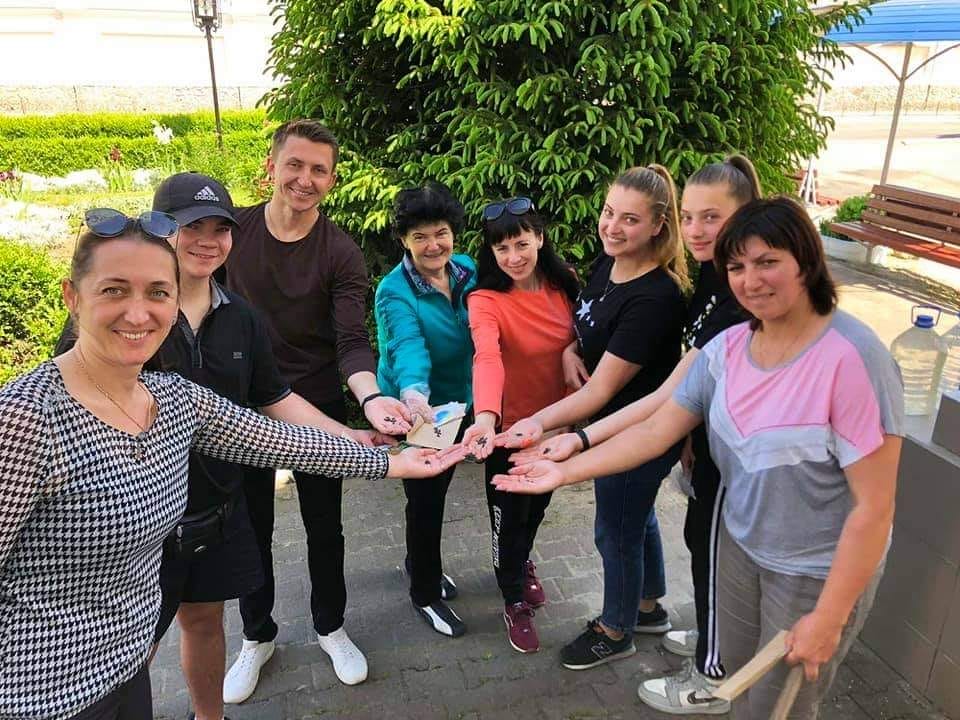
The community is led by an experienced teacher and mayor Liudmyla Dmytruk. Having moved to Korets in 1963 at a young age with her parents, Liudmyla fell in love with the town, and after graduating from university she returned to her hometown. From 1991 to 2006 she worked as a methodologist in the education department of the Korets district state administration. She was awarded the badge “Excellent Education Worker of Ukraine”. On April 13, 2006 she was elected secretary of the Korets town council. In October 2010 she was elected mayor of Korets.

Since 2010, she has been a member of the audit commission of the All-Ukrainian Association of Local Government Bodies “Association of Cities of Ukraine” and a member of the committee on ensuring equal rights and opportunities for women and men of the Association of Cities of Ukraine.
In 2015, her professionalism and trust of community residents resulted in her re-election as Korets Mayor. In 2020, she was elected as Korets Mayor for the third time.
The head of the community has received a large number of state and public awards and honors during her work.
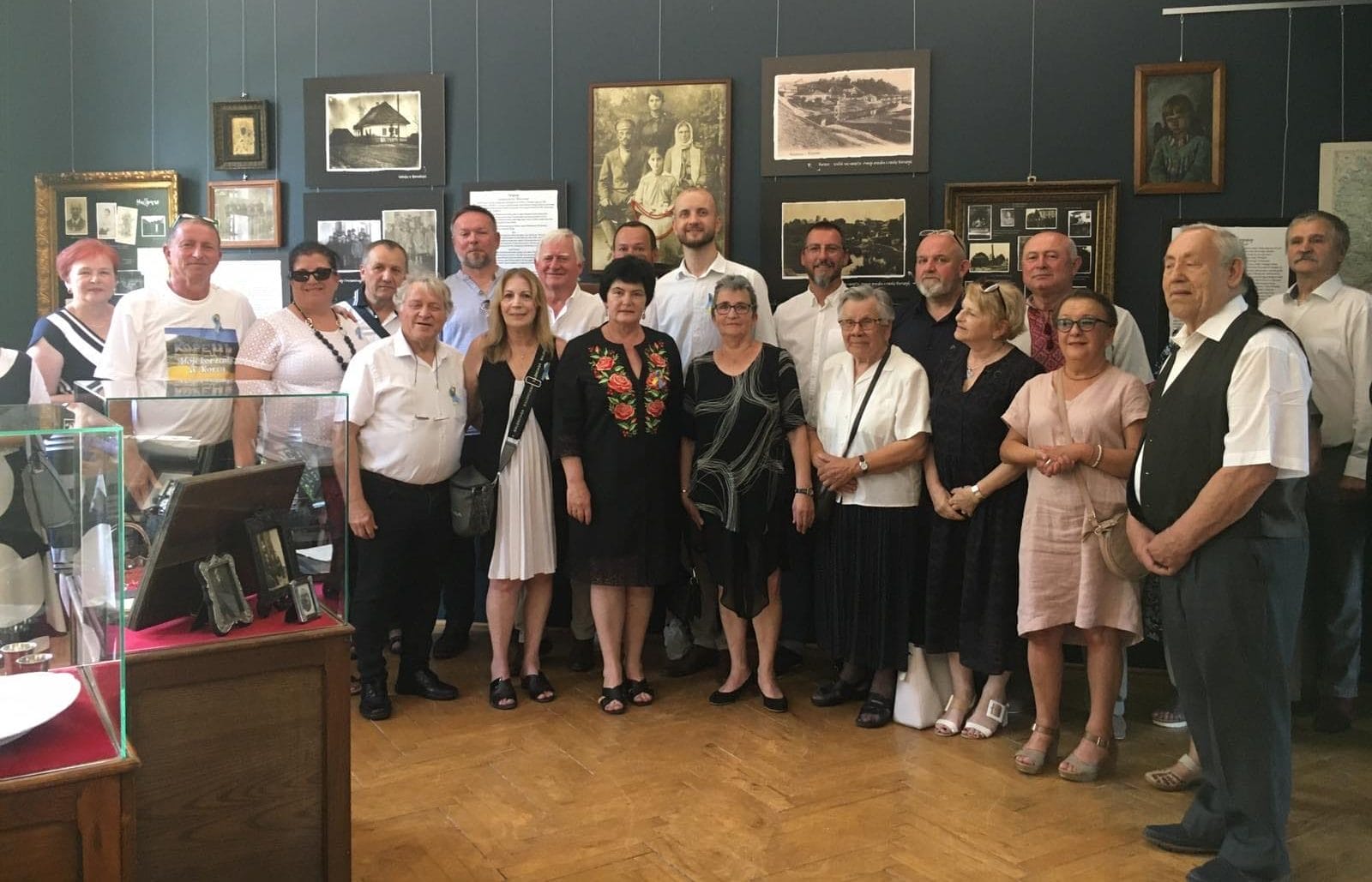
Oryna Vytovshchyk, Director of the Municipal Institution “Center for Children and Youth Creativity” of the Korets Town Council has been very active in the wartime. She and her like-minded friends constantly collected and sent the necessary aid to the Chernihiv and Donetsk regions.
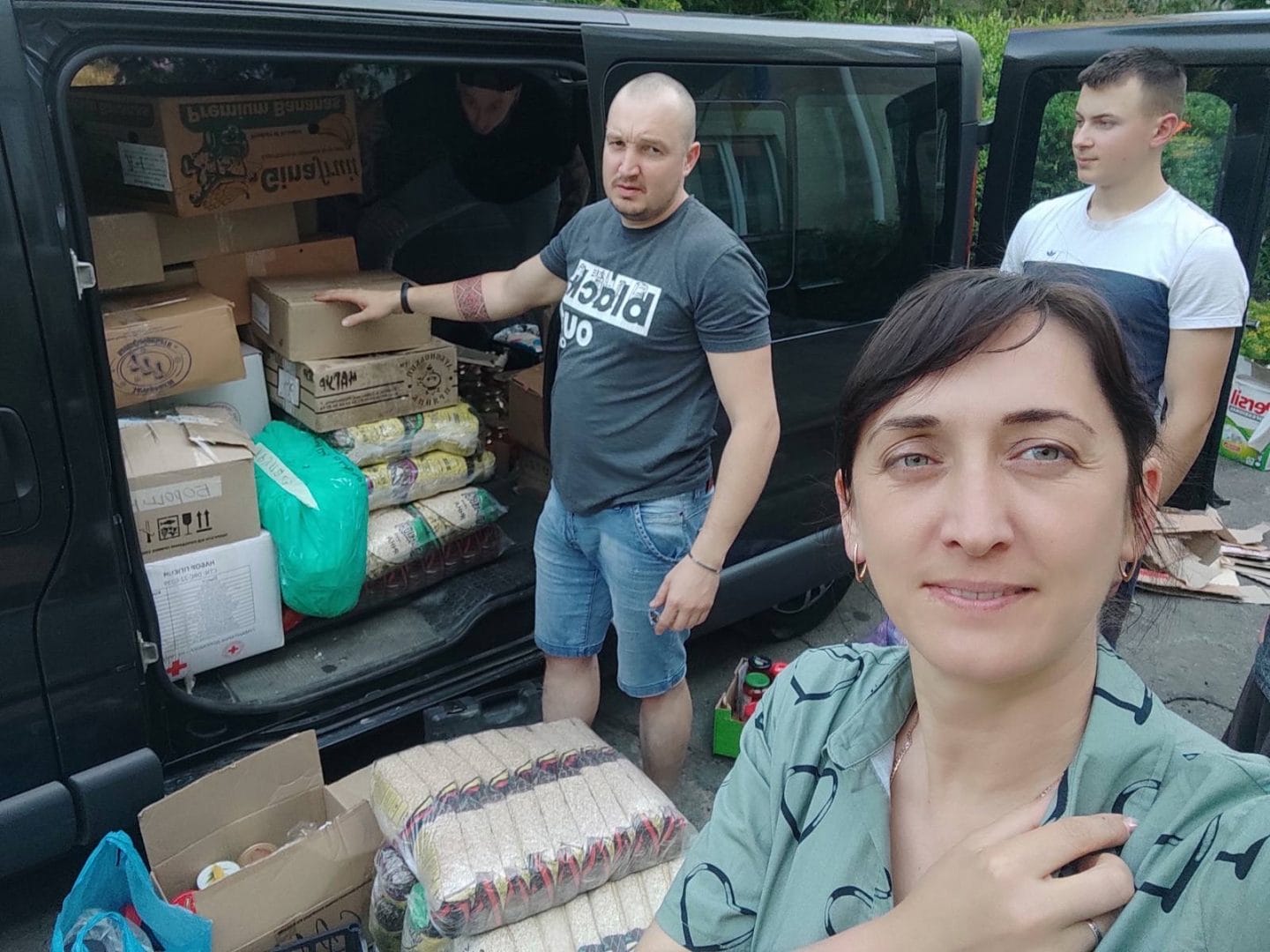
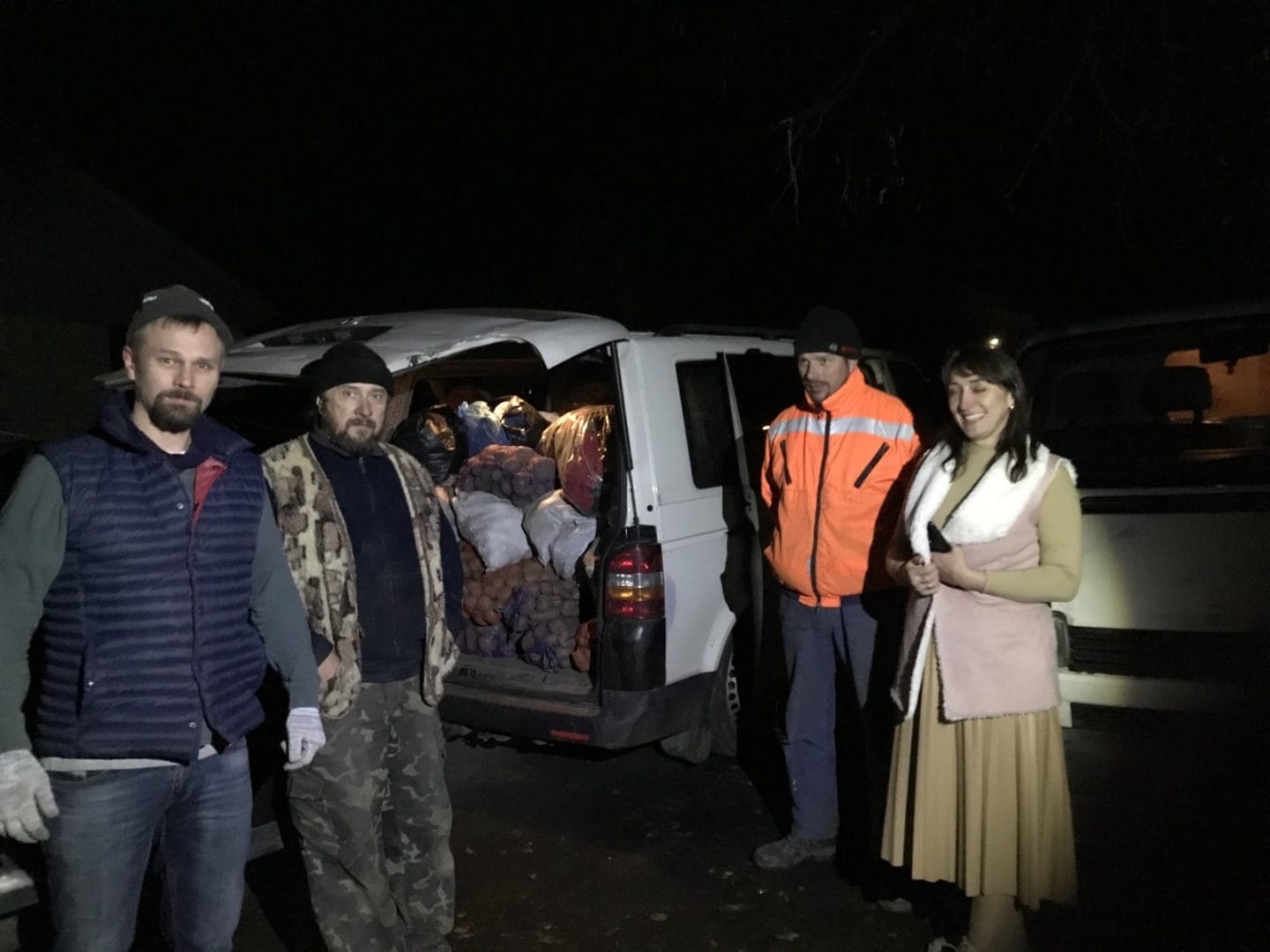
The community lives active life, despite the war. Local authorities and active residents hold festivals, sports competitions, and ceremonial events in support of the Armed Forces of Ukraine. In addition, work on the improvement and development of the community does not stop.
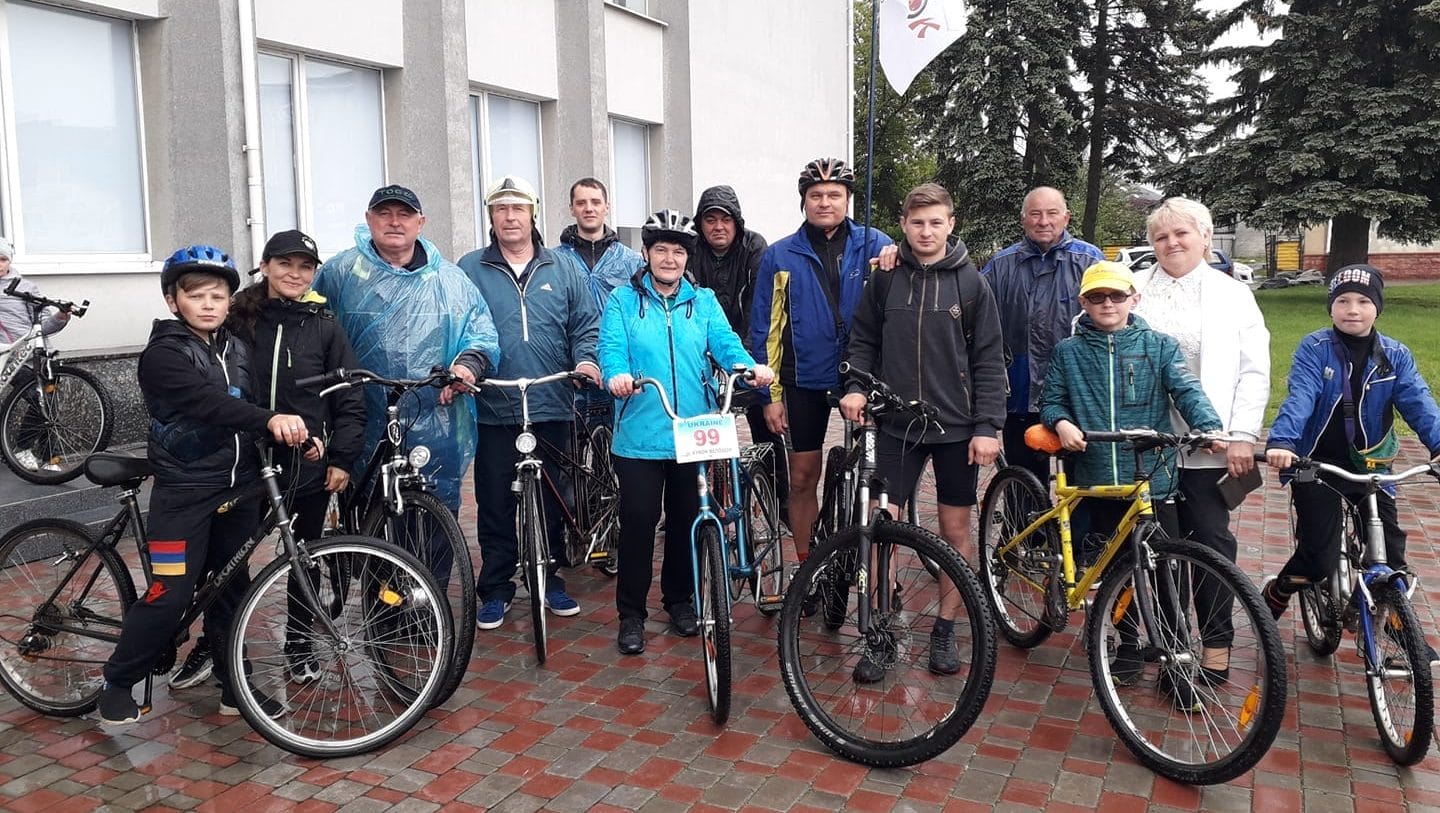
Development Strategy
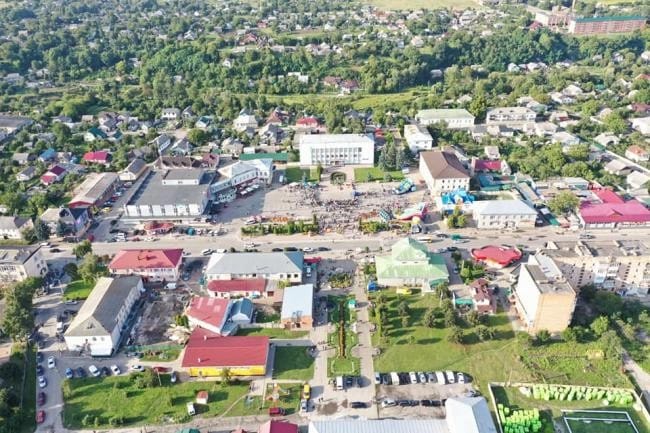
With the assistance of the U-LEAD project with Europe, the Territorial Community Development Strategy for 2021-2027 was developed and approved by the decision of the Korets Town Council in October 2021. The Strategic Community Development Goals include, among others, improving the investment and business climate in the community, as well as developing tourism.
Goals of the territorial community:
construction of cottages near the Korets Regional Rehabilitation Hospital in the town of Korets;
lease of the territory of the Korets Castle by an entrepreneur for business activities (with preservation of the castle ruins and without cardinal changes);
operation of a comfortable hotel for town guests (currently there is a hostel on 2 floors at the bus station in Korets).
